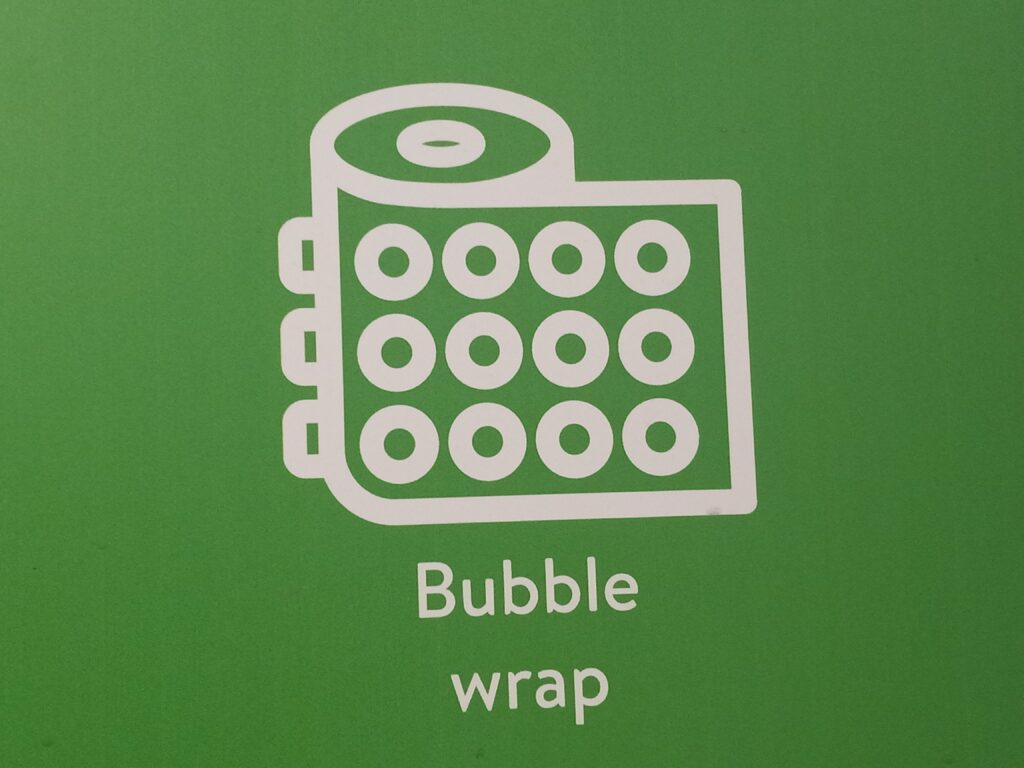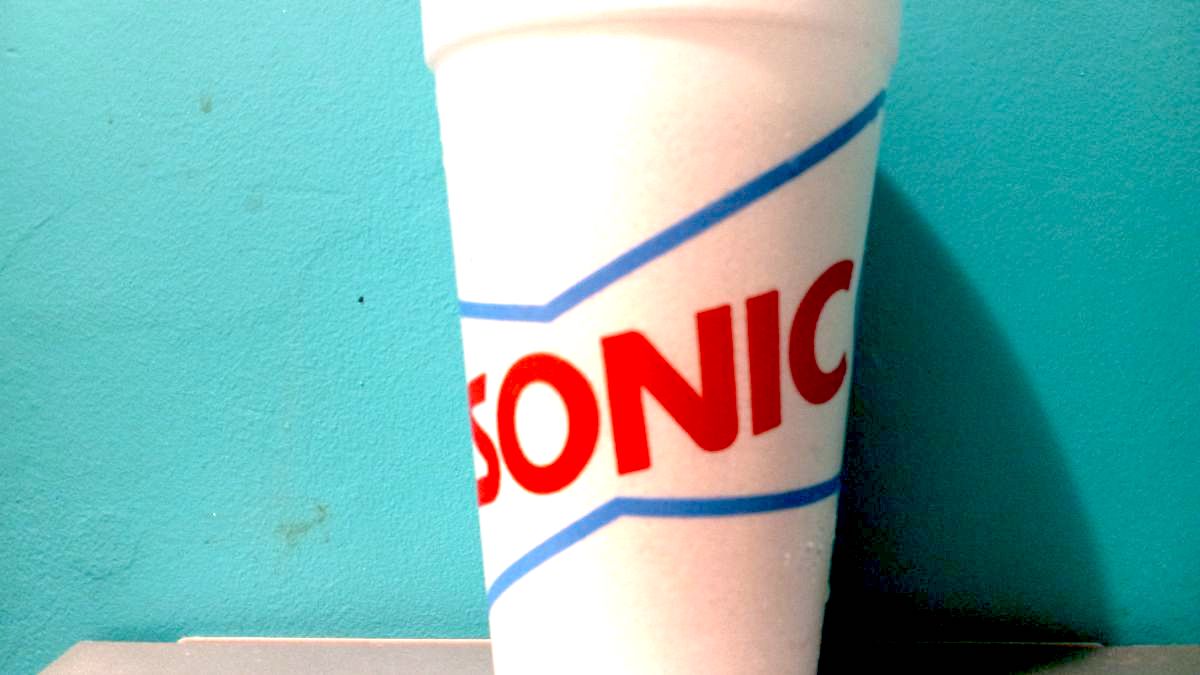Is bubble wrap recyclable? Those little air-bubbles of plastic packaging we loved “popping” as a kid, and probably still do (it’s an instant stress reliever), have now been around for more than 60 years. In the age of online ordering, eco-friendly packaging is more important than ever, so let’s explore whether bubble wrap is recyclable, and what some other sustainable packaging options are.

What is Bubble Wrap?
Bubble wrap is commonplace in modern packaging, but what exactly is it? Bubble wrap was invented in 1957 by Alfred Fielding and Marc Chavannes, two engineers who first tried to sell it as wallpaper, but found more success marketing it as greenhouse insulation. Similar to Styrofoam, Bubble Wrap it’s a trademarked name (Sealed Air owns the trademark), but refers to the low-density polyethylene (LDPE) plastic cushioning with little pockets of air.
Is Bubble Wrap Recyclable?
The short answer is yes, you can recycle bubble wrap. But is it easy to do so? No, unfortunately, it’s not widely recyclable and most curbside programs will not accept it. Even though bubble wrap is made of LDPE, a plastic (RIC #4) that’s considered recyclable, thin plastic bags (and bubble wrap) get caught in the sorting machines, so generally speaking, you shouldn’t put plastic films in curbside recycling bins. Recycling bubble wrap requires bringing it to designated drop-off locations. You can use the Bag and Film Recycling Database to search for the closest location.
Is Bubble Wrap Recyclable at Target?
The good news is that Target offers a guest recycling station at most stores where you can recycle plastic films like bubble wrap! In fact, even though bubble wrap cannot be recycled in curbside programs, many supermarket chains like nationwide offer bubble wrap recycling! For example, most Walmart stores offer plastic film recycling bins in the front of the store that also accept bubble wrap.

Does Eco-Friendly Bubble Wrap Exist?
Recycled Plastic Bubble Wrap
While there are several companies touting eco-friendly bubble wrap, it’s a bit of a misnomer. While bubble wrap made from recycled plastic is undoubtedly better than virgin plastic, it’s still plastic that will sit in a landfill. Additionally, many of these “sustainable” bubble wrap companies use about 20 to 30 percent plastic, with a few exceptions. The Sealed Air company has a recycled bubble wrap material that is made from 90 percent recycled content, but they do not specify if it’s post consumer waste (things you recycle in the blue in) or recycled industrial waste (essentially leftovers produced from other plastic products they manufacture).
Biodegradable Bubble Wrap
So called “biodegradable” bubble wrap is derived from a bio-based, plant cellulose with a chemical additive to speed up the degradation process. According to the World Wildlife Fund, biodegradable plastics are designed to break down in certain conditions, so if it’s buried in a landfill without air or sunlight, it’s uncertain how well they’ll break down. Another controversial question is whether they’ll leave microplastics behind – but this will depend on the specific composition of each plant-based plastic product.
I’m not trying to knock alternatives to plastic bubble wrap. In my opinion, the more consumers demand sustainable packaging options, the better they’ll become. Just be mindful of how much “eco-friendly” bubble wrap you’re using knowing that it still impacts the environment – just not as much.
Other Sustainable Alternatives
The good news is that small businesses looking for ways to ship items more sustainably have a variety of alternatives to bubble wrap. Honeycomb paper is gaining in popularity, and brands like Grounded are producing padded honeycomb shipping envelopes made with post-consumer waste paper, while Duck Brand’s Flourish paper offers individual honeycomb sheets made of recycled paper to wrap items in.
If you want to really make a splash, there are some cutting-edge packaging options that include mushroom-based packaging that can be customized to protect uniquely-shaped glass bottles.
Another innovative company that I’m intrigued by is Lime Loop, a reusable package company that will pick up the boxes after they’ve been delivered. Although the logistics of how the whole process works are on a case-by-case basis, the boxes fold up to “nest” together for them to be stored until the pickup time.
Final Thoughts

Bubble wrap is recyclable, but the system in place is to do isn’t as efficient as it is for curbside items (like plastic water bottles) so it involves some extra effort on the part of the consumer to track down a drop off recycling center. If you’re trying to transition into a more eco-conscious lifestyle, this is an easy step to take in your journey! Or, alternatively, you can reuse bubble wrap for your own packaging needs to help cut down on the amount produced.
 FlyVines Finds Creative Way to Recycle Fishing Line
FlyVines Finds Creative Way to Recycle Fishing Line Lithium Battery Recycling 101 Guide
Lithium Battery Recycling 101 Guide
















